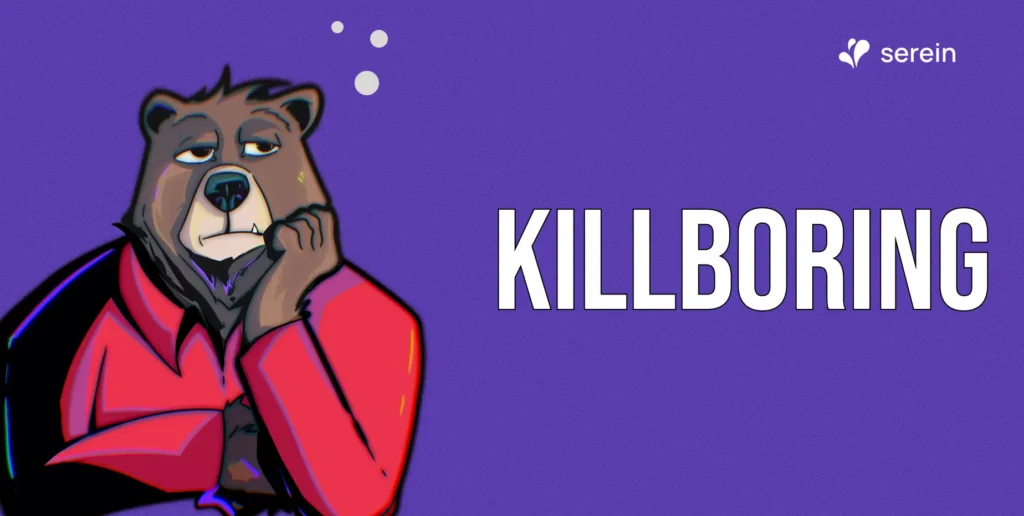Being a bystander means witnessing something happen, whether it is a microaggression, subtle harassment, exclusion, or disrespect. Being an empathetic bystander means doing more than just observing. It involves actively using empathy to guide your response in a way that supports the person affected and contributes to a workplace culture that prioritises safety, respect, and dignity. Empathy allows you to respond thoughtfully rather than reactively, and even small interventions can make a meaningful difference.
Notice what you see
Subtle harm is often overlooked because people fear they might overreact or make the situation worse. However, if something feels off, such as someone being repeatedly interrupted in meetings, spoken down to, or excluded from conversations, do not ignore it. Empathy begins with awareness. Pay attention to context, body language, tone, and recurring patterns that suggest someone is being marginalised or disrespected.
You do not have to witness a blatant incident to make a difference. Small moments, like a dismissive comment or an overlooked contribution, can accumulate over time and create a sense of exclusion. By noticing these subtleties, you can intervene early or offer support before a minor incident escalates. Awareness is the first step in becoming an active participant in creating a healthier workplace.
Respond with care, not judgment
When you choose to respond, approach the situation with curiosity and care rather than judgment. You do not always need to confront the person responsible publicly or use harsh language. Empathy often requires subtlety. A quiet check-in with the person affected can have a significant impact:
“I saw what happened earlier and just wanted to let you know I am here if you want to talk.”
The goal is to center the experience of the individual affected. By acknowledging what they experienced without minimising it or making assumptions about how they feel, you create a supportive environment. Your response can validate their experience and reinforce that they are not alone.
Support in a way that feels safe and respectful
Being empathetic does not always mean stepping in immediately or taking visible action. Some individuals may not want a public intervention or an immediate defense. Ask what kind of support they need and offer options. For example, you could accompany them to HR, help draft an email, or be present during a conversation. Allow the person affected to define what support looks like for them rather than imposing your own idea of assistance.
It is equally important to maintain confidentiality and respect boundaries. Overstepping can inadvertently make someone feel more vulnerable. True empathy respects the individual’s autonomy while offering practical ways to help.
Reflect and speak up when you can
If you are in a position to raise concerns, do so in a respectful and clear manner. Setting boundaries helps create a safer space for everyone. You might say:
“That comment felt inappropriate. Can we take a step back?”
Such statements communicate that certain behaviours are not acceptable and reinforce a culture where respect is expected. Over time, consistent interventions by empathetic bystanders can shift workplace norms and encourage others to act similarly.
Being an empathetic bystander is not about heroism or confrontation. It is about noticing, responding thoughtfully, and providing support in ways that empower those affected. By taking these steps, you help create a workplace where people feel seen, respected, and safe to bring their full selves to work.
Serein helps organisations train teams to respond with empathy and awareness so that everyday bystanders become allies who strengthen respect at work. Reach out to hello@serein.in


